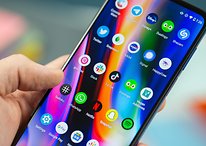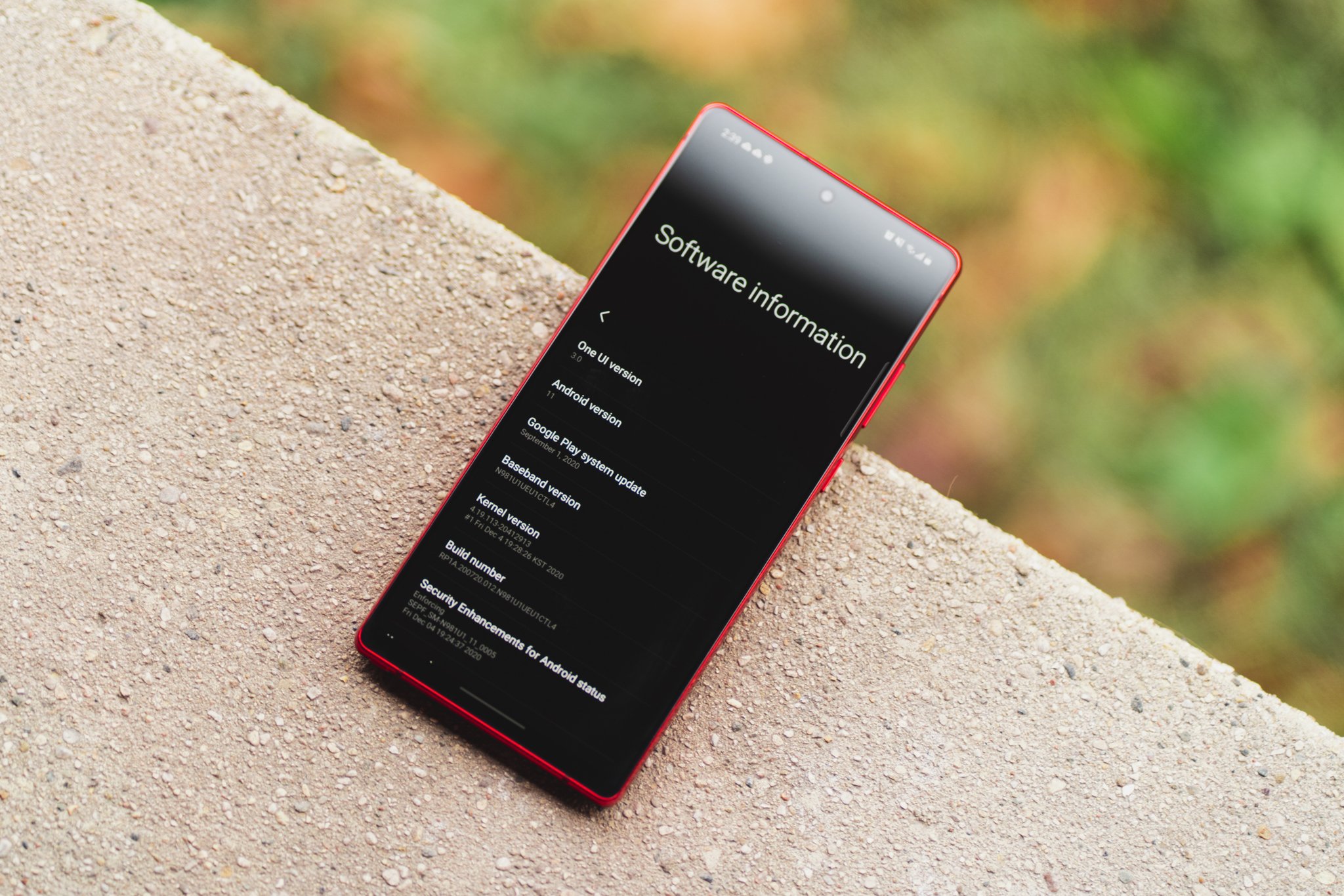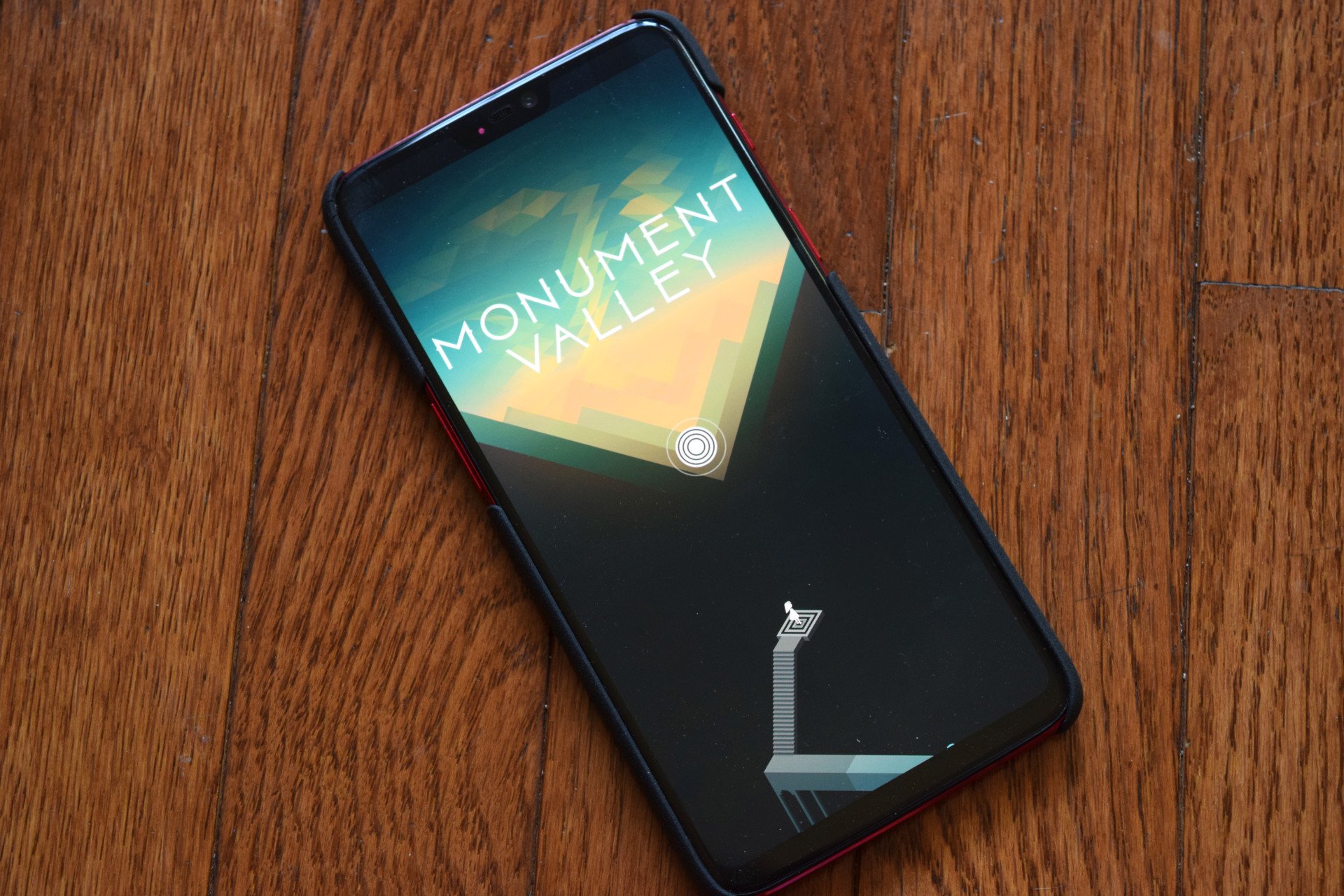Phone Comparisons - Samsung Galaxy S21 vs Xiaomi Mi 11 - Android
Some of you are probably trying to decide what phone to get in the near future. Well, if you’re considering to get something from Samsung or Xiaomi, we’re here to compare the Samsung Galaxy S21 vs Xiaomi Mi 11. Both of these phones are flagship-grade devices, but not the best the two companies have to [...]
Read More...
The post Phone Comparisons: Samsung Galaxy S21 vs Xiaomi Mi 11 appeared first on Android Headlines.

Some of you are probably trying to decide what phone to get in the near future. Well, if you’re considering to get something from Samsung or Xiaomi, we’re here to compare the Samsung Galaxy S21 vs Xiaomi Mi 11. Both of these phones are flagship-grade devices, but not the best the two companies have to offer. The Galaxy S21 Ultra and Xiaomi Mi 11 Ultra are the bleeding edge offerings from the two companies, and we’ve already compared them.
That being said, the Galaxy S21 and Xiaomi Mi 11 are more than compelling offerings. They both offer a lot for the asking price, and they do come with a similar price tag. Do note that we’re talking about a price tag for unlocked models, of course. We’ll kick things off by comparing their spec sheets, and will then move to the design, display, performance, and several other categories, as per usual. That being said, let’s compare the Samsung Galaxy S21 vs Xiaomi Mi 11.
Specs
| Samsung Galaxy S21 | Xiaomi Mi 11 | |
| Screen size | 6.2-inch FullHD+ Dynamic AMOLED 2X display (120Hz adaptive refresh rate) | 6.81-inch WQHD+ AMOLED quad-curve DotDisplay (120Hz adaptive refresh rate) |
| Screen resolution | 2400 x 1080 | 3200 x 1440 |
| SoC | Qualcomm Snapdragon 888 or Samsung Exynos 2100 | Qualcomm Snapdragon 888 |
| RAM | 8GB (LPDDR5) | 8GB (LPDDR5) |
| Storage | 128GB/256GB, non-expandable | 128GB/256GB (UFS 3.1); Non-Expandable |
| Rear cameras | 12MP (f/1.8 aperture, 1.8um pixel size, OIS, Dual Pixel PDAF) 12MP (f/2.2 aperture, 1.4um pixel size, 120-degree FoV) 64MP (f/2.0 aperture, 0.8um pixel size, OIS, PDAF, Hybrid Optic 3X, 30X Space Zoom) | 108MP (f/1.85 aperture, 7P lens, OIS, 1/33-inch sensor size, 0.8um pixel size, 1.6um 4-in-1 Super Pixel) 13MP (f/2.4 aperture, 123-degree FoV) 5MP (telemacro, f/2.4 aperture, AF 3cm-10cm) |
| Front cameras | 10MP (f/2.2 aperture, 1.22um pixel size, 80-degree FoV, Dual Pixel AF) | 20MP (0.8um pixel size, 1.6um 4-in-1 Super Pixel, f/2.2 aperture) |
| Battery | 4,000mAh, non-removable, fast battery charging, Fast Wireless Charging 2.0, Wireless PowerShare | 4,600mAh, Non-Removable, 55W fast wired charging, 50W fast wireless charging, 10W reverse wireless charging |
| Dimensions | 151.7 x 71.2 x 7.9mm | 164.3 x 74.6 x 8.06mm |
| Weight | 169 grams | 196 grams |
| Connectivity | 5G, LTE, NFC, Bluetooth 5.2, Wi-Fi, USB Type-C | 5G, LTE, NFC, Bluetooth 5.2, Wi-Fi, USB Type-C |
| Security | In-display fingerprint scanner (ultrasonic) | In-display fingerprint scanner (optical) |
| OS | Android 11 One UI 3.0 | Android 11 MIUI 12.5 |
| Price | $799.99 | €799 |
| Buy | Samsung | Xiaomi / AliExpress |
Samsung Galaxy S21 vs Xiaomi Mi 11: Design
It may seem like both of these smartphones are made out of metal and glass, but that’s not the case. The Galaxy S21 comes with a frame made out of metal, but its back is covered in plastic. The Xiaomi Mi 11 is made out of metal and plastic, however. Do note that the plastic backplate on the Galaxy S21 feels great, though, and not many people will have an issue with it. In fact, most people probably wouldn’t notice it’s plastic.

Both phones feature a display camera hole on the front, but its positioning is not the same. The Galaxy S21 features one that is centered at the top of the display, while the Xiaomi Mi 11’s is included in the top-left corner. Both phones have really thin bezels. The Galaxy S21 includes a flat display, while the Xiaomi Mi 11 features a curved one. Their rear camera setups are included in the top-left corner, and they are quite different. The Galaxy S21’s is an extension of the phone’s frame, while the Xiaomi Mi 11’s has a rather distinct design as well. Both phones do offer four cameras overall, three on the back.
The Galaxy S21 does have a considerably smaller display than the Mi 11. It is also considerably smaller in general because of that. It is a lot shorter, narrower, and a bit thinner than the Xiaomi Mi 11. On top of that, it’s exactly 30 grams lighter as well. Choosing between the two, when it comes to the design, will depend on a number of factors. If you like smaller phones with flat displays, the Galaxy S21 will be for you. If you prefer larger phones, with larger displays, and don’t mind a curved display, the Mi 11 is a really good choice. Their designs are considerably different, and they aim at different types of consumers.
Samsung Galaxy S21 vs Xiaomi Mi 11: Display
The Samsung Galaxy S21 features a 6.2-inch fullHD+ (2400 x 1080) Dynamic AMOLED 2X display. That display delivers a 120Hz refresh rate, and it’s actually an LTPO display. In other words, this display delivers an adaptive refresh rate. It is protected by the Gorilla Glass Victus, the latest display protection from Corning. This display can project HDR10+ content, and it gets quite bright at 1,300 nits peak brightness.
The Xiaomi Mi 11, on the other hand, features a 6.81-inch QHD+ (3200 x 1440) AMOLED display. That panel also delivers an adaptive refresh rate of up to 120Hz, as it’s an LTPO display. This panel is curved, unlike the one on the Galaxy S21. The display can project up to 1B colors, and HDR10+ content as well. It is protected by the Gorilla Glass Victus, the same as the Galaxy S21.
So, what are these displays like in real-life use? Well, great, to say the least. You’ll get extremely vibrant colors, with excellent viewing angles, and those deep blacks that AMOLED displays deliver. The Xiaomi Mi 11 is technically sharper, but not many people will notice the difference, as the Galaxy S21’s display is excellent, and more than sharp enough. The Xiaomi Mi 11 does technically have a better display, but they both look and perform great, so you cannot go wrong here.
Samsung Galaxy S21 vs Xiaomi Mi 11: Performance
When it comes to performance, you’ll get exactly what you think. Excellent performance on both devices, as these are flagship devices after all. Both companies did a really good job optimizing their software, and in combination with truly excellent hardware, you do get excellent performance in pretty much every way. Both phones are fueled by the Snapdragon 888 SoC, the best SoC Qualcomm has to offer.
On top of that, fast RAM and flash storage are also included in both phones, which certainly helps keep things smooth. Both devices fly through regular tasks, such as opening / closing apps, multitasking, browsing the web, media consumption, and so on. In fact, they even shine in the gaming department. The Xiaomi Mi 11 may be a better choice regarding that only because of the larger display, but both are excellent. They can not only run pretty much every game from the Play Store, but they do a great job while doing so, even the most graphically demanding ones.
Both companies have also improved their aggressive background tasks management, so you shouldn’t see as many recently-used apps closing in the background. Neither is still perfect in that regard, but at least they’re moving in the right direction, and are much better than their predecessors. All in all, both smartphones offer excellent performance.
Samsung Galaxy S21 vs Xiaomi Mi 11: Battery
In regards to the battery, things are a bit different. The Galaxy S21 comes with a 4,000mAh battery, while the Xiaomi Mi 11 includes a 4,600mAh unit. Do note that their displays are different in terms of size, and also in terms of resolution, so this is not surprising. Both phones do offer good battery life, but not great. We were able to hit 5-6 hours of screen-on-time (depending on the day), but without graphically demanding tasks such as gaming.
Your mileage may differ, of course. It will all depend on your usage. If you game on your phone a lot, or do something else that will push the Snapdragon 888 to work hard for it, the battery will deplete faster. They do offer good battery life, though, that will satisfy the vast majority of consumers. Their Galaxy S21 Ultra and Mi 11 Ultra counterparts do have a bit more to offer in that regard, though.
When it comes to charging, the Mi 11 has the upper hand. It offers 55W fast wired charging, and 50W fast wireless charging, on top of reverse wireless charging. The Galaxy S21 supports 25W wired charging, 15W wireless charging, and also reverse wireless charging. The Mi 11 will charge much faster than the Galaxy S21, regardless of whether you use wired or wireless charging. Also, the Galaxy S21 doesn’t come with a charging brick, while the Mi 11 does.
Samsung Galaxy S21 vs Xiaomi Mi 11: Cameras
Both camera setups are really good, but they do offer noticeably different results. Both devices include three cameras on the back, and two on the front. The Galaxy S21 combines a main 12-megapixel unit, with a 12-megapixel ultra-wide camera, and a 64-megapixel telephoto one. The Xiaomi Mi 11, on the other hand, includes a 108-megapixel main camera, a 13-megapixel ultra-wide one, and a 5-megapixel macro camera.

Shots in good lighting are really good on both phones, though more vibrant on the Galaxy S21. They do tend to look a bit more muted on the Mi 11. With great white balance, dynamic range, and plenty of detail. The same goes for ultra-wide shots as well, actually. If you’re planning on zooming in a lot, though, the Galaxy S21 can do a better job, as the Xiaomi Mi 11 does not include a telephoto camera. The Galaxy S21 offers 1.1x optical zoom, 3x hybrid zoom, in case you were wondering. Ultra-wide cameras are excellent in such conditions, on both phones.
Now, when it comes to low light images, things are a bit different. The images from the Galaxy S21 do end up looking a bit more vibrant. They both can pick up a lot of detail from the shadows, and do a good job at controlling the noise in such shots. Both do have their limitations, though. The Galaxy S21 is not as good in low light as the Galaxy S21 Ultra, but it’s not far behind it, though.
Audio
When it comes to audio, both phones are well-equipped. Neither of them does offer a 3.5mm headphone jack, though, so keep that in mind. You will need to use a Type-C pair of headphones, a dongle, or use Bluetooth to connect your headphones to these two smartphones. That is to be expected in this day and age, though, not many flagship-grade smartphones offer audio jacks.
Having said that, the sound is really well balanced on the two phones, and that goes for sound via a good pair of headphones, and the sound coming from their stereo speakers. Both phones include a pair of stereo speakers, and the ones on the Galaxy S21 are a bit louder, while the Xiaomi Mi 11 offers ever so slightly sharper sound. The output is somewhat similar, though, and it’s really good in both cases.
The post Phone Comparisons: Samsung Galaxy S21 vs Xiaomi Mi 11 appeared first on Android Headlines.
04/05/2021 12:58 AM
Twitter Spaces Rolling Out Widely, But With A Weird Limitation
04/05/2021 11:42 AM
Google's Cheaper Pixel Buds A 'Have Arrived,' But Not Really
04/05/2021 11:17 PM
Android and iOS - 31 apps + games now free for a limited time only
04/05/2021 01:00 PM
Twitter Subscription Plans Now Include Ad-Removing Service Scroll
04/05/2021 11:41 PM
Android Pixel Security Update May 2021 starts rolling out
04/05/2021 06:45 AM
Samsung One UI 3.1 review - Subtle changes create a big impact
04/05/2021 06:30 PM
A healthy dose of brain pain with the best puzzle games!
04/05/2021 04:00 PM
The best gifts for grads under $50
04/05/2021 03:30 PM
- Comics
- HEALTH
- Libraries & Demo
- Sports Games
- Racing
- Cards & Casino
- Media & Video
- Photography
- Transportation
- Arcade & Action
- Brain & Puzzle
- Social
- Communication
- Casual
- Personalization
- Tools
- Medical
- Weather
- Shopping
- Health & Fitness
- Productivity
- Books & Reference
- Finance
- Entertainment
- Business
- Sports
- Music & Audio
- News & Magazines
- Education
- Lifestyle
- Travel & Local





